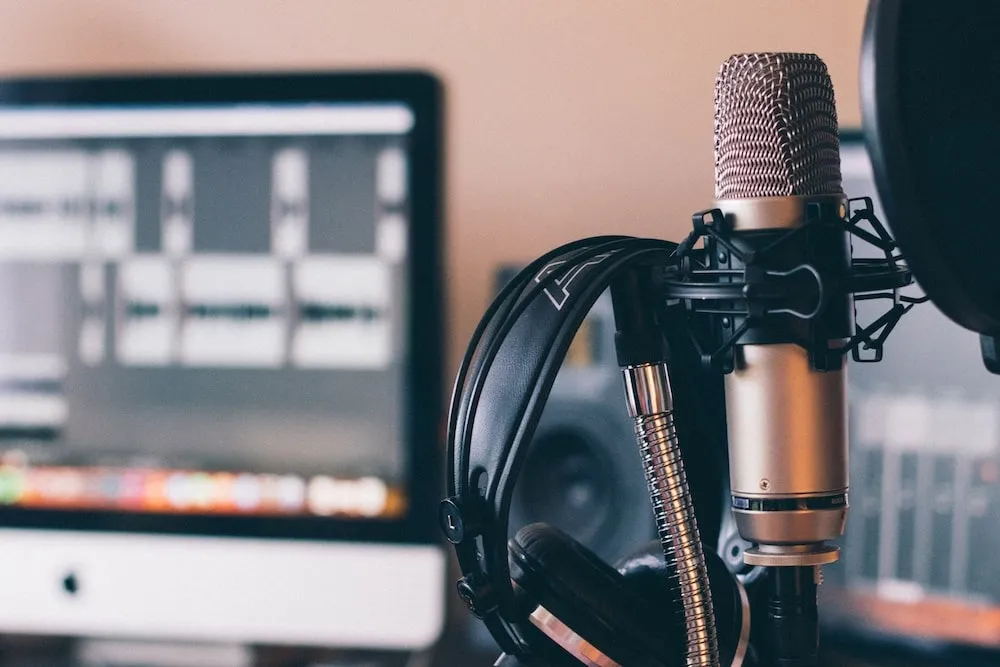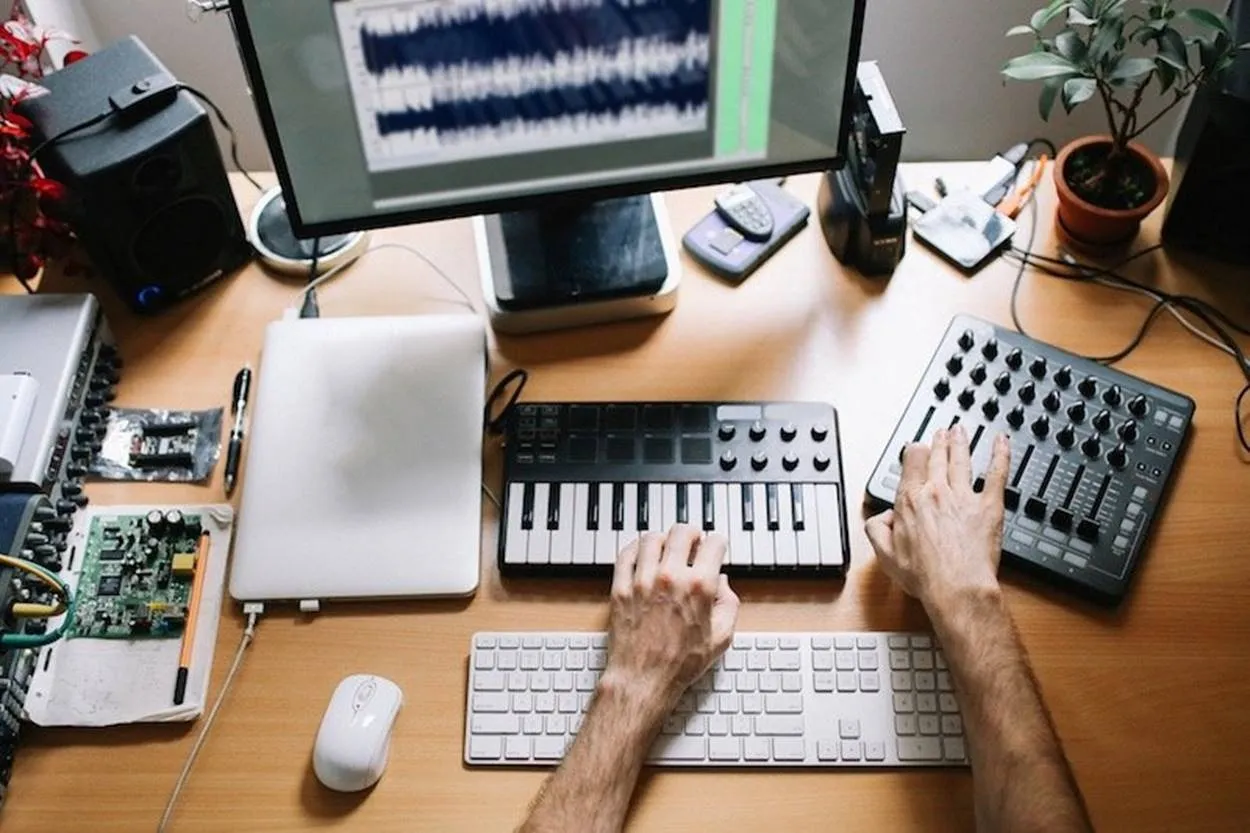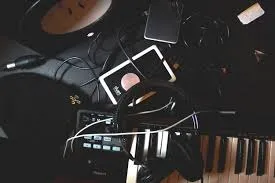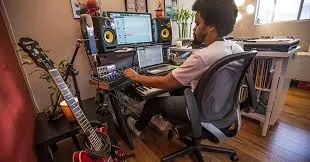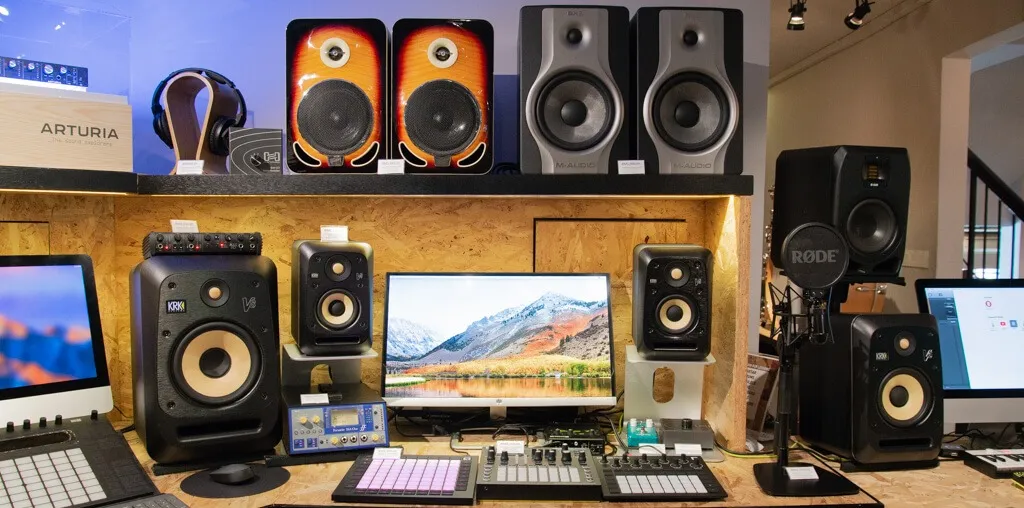Are you ready to embark on a sonic journey from the comfort of your own home? Get ready to unleash your inner maestro and create music that will captivate audiences worldwide.
Recording music at home has never been more accessible, thanks to advancements in technology. With just a few essential pieces of equipment and a passion for sound, you can transform any ordinary space into a professional recording studio.
From capturing crystal-clear vocals to crafting intricate melodies, the possibilities are endless. This article will guide you through the process of setting up your home recording space, mastering the art of recording and mixing, experimenting with various techniques and effects, and finally polishing your sound through editing and mastering.
Get ready to take your musical aspirations to new heights as you dive into the wonderful world of recording music at home.
#1. Choose the Right Equipment
You'll need to get the right equipment to create your own home recording studio. When it comes to choosing the right gear, there are budget-friendly options available that can still deliver professional results.
Start with a good quality microphone, such as the Audio-Technica AT2020, which offers excellent sound reproduction without breaking the bank. Pair it with an audio interface like the Focusrite Scarlett 2i2, which provides clear and reliable signal conversion for recording purposes.
Additionally, investing in essential software like Pro Tools or Ableton Live will allow you to edit and mix your recordings seamlessly.
Once you have all the necessary equipment, it's time to set up your home recording space. Transitioning into this section is crucial as it ensures a smooth flow of information on creating a conducive environment for your music production endeavors.
#2. Set up Your Home Recording Space
Creating a cozy corner in your living room with soundproof curtains and plush furniture can transform it into the perfect recording oasis, allowing you to unleash your inner rockstar without disturbing the rest of the household.
To optimize room acoustics, consider adding bass traps to minimize low-frequency build-up and diffusers to scatter sound reflections.
You can also construct a DIY recording booth using materials like PVC pipes and moving blankets to create an isolated space for vocals or instruments. Ensure proper ventilation within the booth to prevent overheating during long recording sessions.
Additionally, position your equipment strategically for optimal sound capture and minimize unwanted background noise.
By setting up your home recording space effectively, you'll be ready to learn the basics of recording and mixing seamlessly in the next section about 'learn the basics of recording and mixing.'
#3. Learn the Basics of Recording and Mixing
Once you've mastered the art of capturing and blending sounds, your musical creations will come alive like a perfectly mixed cocktail at a bustling bar. To achieve this level of mastery, it's essential to familiarize yourself with recording software.
There are various options available, such as Pro Tools, Logic Pro, or Ableton Live, each offering unique features and workflows. Take the time to explore different software and find one that suits your needs best.
In addition to learning the ins and outs of recording software, it's crucial to be aware of common recording mistakes that can hinder the quality of your recordings. These can include improper microphone placement, excessive background noise, or overcompression during mixing. By avoiding these pitfalls, you'll ensure your recordings sound professional and polished.
Now that you have a solid understanding of recording basics and potential pitfalls to avoid, it's time to experiment with different techniques and effects. This will allow you to bring even more depth and creativity into your music production process.
#4. Experiment with Different Techniques and Effects
Try incorporating different techniques and effects into your tracks to add layers of depth and emotion. For example, you can explore unique soundscapes by experimenting with unconventional instruments or using field recordings to create atmospheric textures. Get creative with the use of samples and loops, manipulating them in innovative ways to give your music a distinct character.
Don't be afraid to try out new plugins or experiment with signal routing to achieve interesting sonic results. Additionally, consider using effects such as reverb, chorus, or distortion to add richness and complexity to your sounds. One effective technique is applying a subtle delay effect on the vocals, which can create a dreamy and ethereal atmosphere.
By exploring these various techniques and effects, you'll be able to elevate your home recordings and bring out the full potential of your musical ideas before moving on to polish your sound with editing and mastering techniques.
#5. Polish Your Sound with Editing and Mastering
To truly refine your sound, you need to focus on editing and mastering techniques that'll bring out the full potential of your musical ideas. Editing allows you to fine-tune individual tracks by adjusting levels, adding effects, and removing unwanted noise. It helps in enhancing audio quality and creating a cohesive mix.
Mastering, on the other hand, takes your edited tracks and applies final touches to achieve a professional sound. It involves optimizing overall volume levels, equalizing frequencies, and adding subtle compression or limiting to ensure consistency across all songs in an album.
To evoke an emotional response in your audience through editing and mastering, consider these sub-lists:
Emotional response: - Create depth with reverb or delay effects. - Enhance dynamics with careful use of automation.
Professional sound: - Achieve clarity by EQing each instrument appropriately. - Control harshness using multiband compression.
By honing your skills in editing and mastering techniques, you can elevate your recordings from amateur demos to polished professional tracks that captivate listeners with their enhanced audio quality and professional sound.
Conclusion
In conclusion, recording music at home can be a rewarding and fulfilling experience. By investing in the right equipment and setting up your recording space properly, you can create professional-quality recordings from the comfort of your own home.
Learning the basics of recording and mixing is crucial to achieving a polished sound, and experimenting with different techniques and effects allows for creativity and uniqueness in your music.
One interesting statistic to consider is that according to a recent study, over 50% of Grammy-winning albums were recorded partly or entirely at home studios. This showcases the potential for success in home recording setups and should inspire aspiring musicians to take their craft seriously.
So go ahead, dive into the world of home recording, and let your musical dreams come to life!
If you're interested in this post, visit Meme Funny to keep up with the latest Music news.
Maybe you are interested:

5 Ultimate Guide To Learn To Play The Ukulele

5 Steps To Set Up A Home Recording Studio
